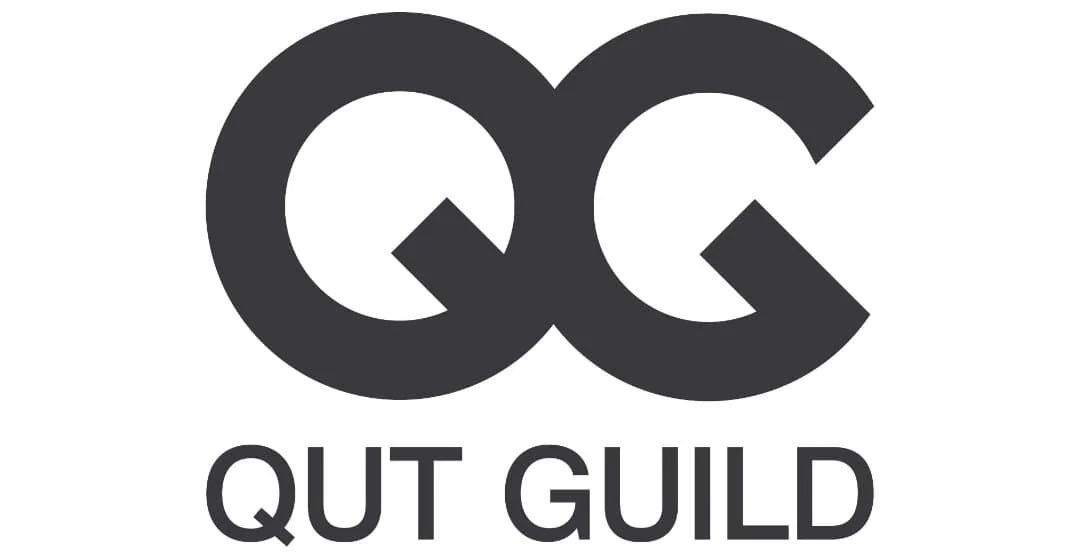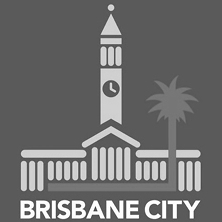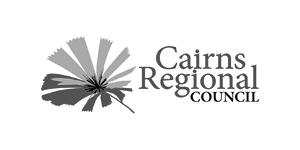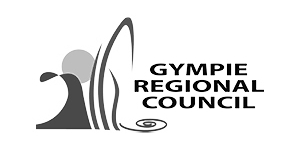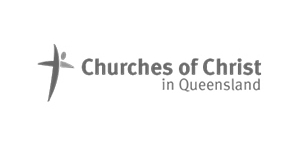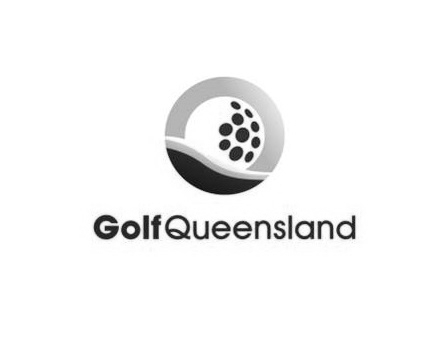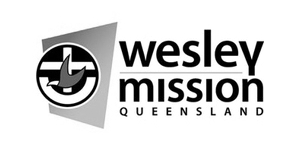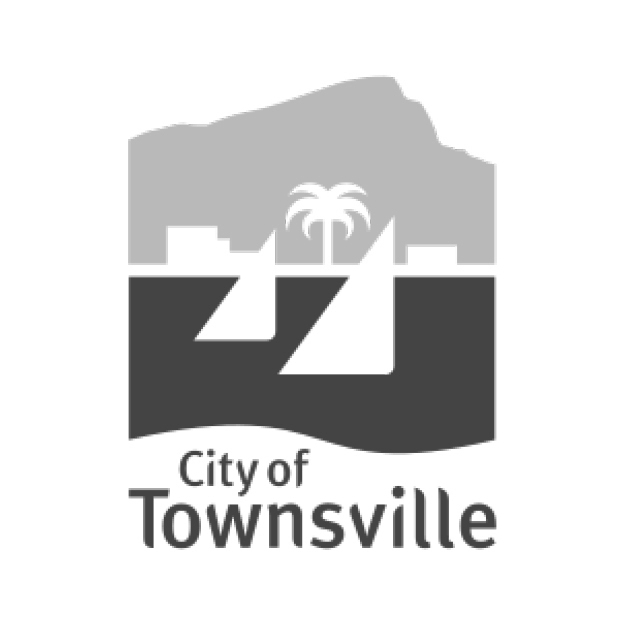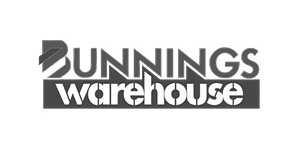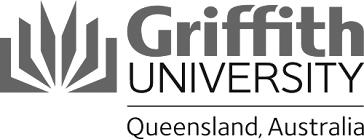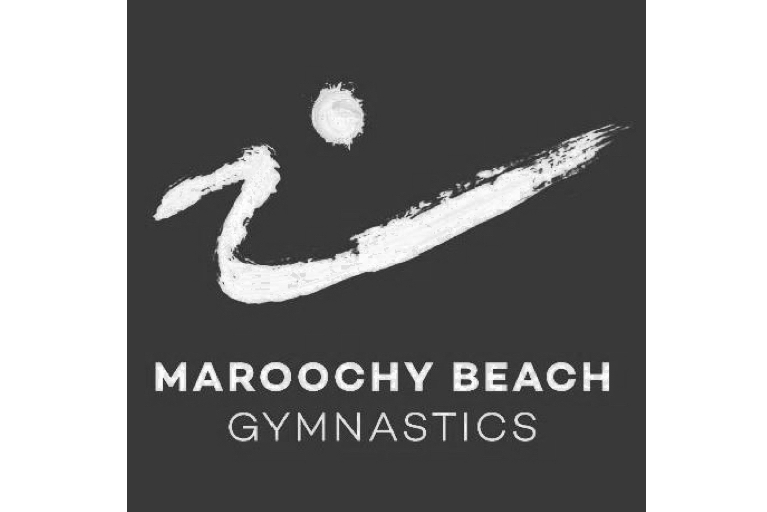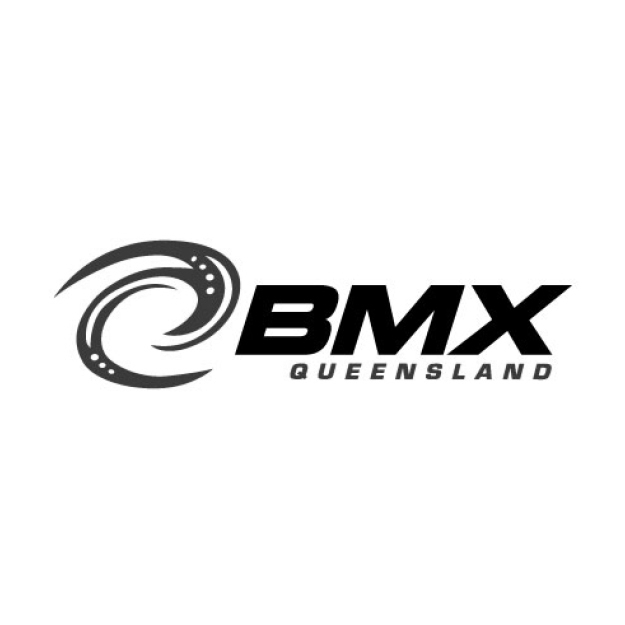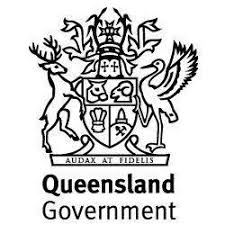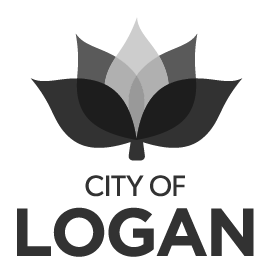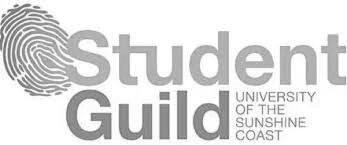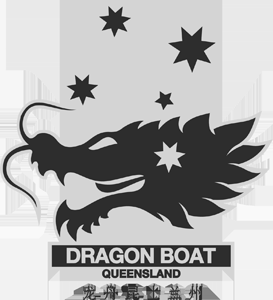Equitable access is a commitment to fostering inclusive spaces where every person feels empowered to move freely. While laws provide essential frameworks, individual actions play a pivotal role in making spaces accessible. Through our community work at CPR Group, we’re seeing what is required to encourage communities to take shared responsibility for creating accessible, inclusive public spaces.
The Stories Behind a Walking Network Plan
Author: Courtney Frederiksen, CPR Group
We all know that walking is good for us. Some of us even track our steps daily, striving to hit that recommended number. Personally, I feel the effects when I don’t walk enough—that ache in my shoulder starts up again and my mood gets a little darker. Walking not only stretches my body but also provides a much-needed rest for my mind.
My appreciation for walking deepened significantly during the development of Walking Network Plans for Councils, funded recently by TMR. Conversations with community members revealed not just why they walk, but also what barriers they face in making walking a part of their daily lives.
There’s walking out of necessity—like taking children to daycare or popping down to the local shops. Then, there’s walking for health and well-being, whether it's achieving personal goals or just getting outside to feel the sun on your face. Then, there’s walking for connection.
Connection to Place
One woman shared her personal challenge of walking every street in her town to reconnect with the place she grew up. It’s a beautiful example of using walking to reestablish a bond with our surroundings and with our past.
Connection to Nature
Many people shared pictures of sunsets and landscapes from their favourite walking spots, highlighting how walking lets them enjoy the beauty of nature. There are numerous opportunities to connect with nature while walking, from forest treks to mountain hikes. However, we can’t always get out for a hike, or we may not be able to or feel safe to do so. During our consultation it became clear how vital it is that there are everyday walking options that allow people to stay close to nature in a controlled, safe, and accessible manner—such as well-lit, open, and populated park paths.
Connection to Community
This connection becomes especially poignant when it is lost. It is often those most in need of connection who are at the greatest risk of losing it. For instance, the elderly who struggle to navigate poorly designed bollards with their walkers might decide to miss out on an activity at the library. New mothers might avoid venturing out if pushing a pram on the road feels unsafe. People in wheelchairs might long for the independence of reaching the park on their own.
Walking, running, and moving with the help of mobility devices are vital for everyone. This was evidenced by the overwhelming responses and positive feedback we received during our Walking Network Plan consultations. And that’s why it's so crucial to get it right.
We use a combination of data, consultation and site audits to find where people are walking, where they would like to walk, and the gaps between.
In this way, CPR Group's Walking Network Plans are well-informed, practical, and most importantly support the community to connect with nature, themselves and with others.
Plans become reality for Deception Bay Community Hall
One of the most rewarding elements of CPR Group’s planning projects is when we see our plans result in great facility outcomes for the community. One recent example that we are proud to share is the Deception Bay Community Hall.
In 2018, Moreton Bay Regional Council identified strong demand for flexible, multipurpose community space in Deception Bay and engaged CPR Group to assist with planning to appropriately meet this demand. At the time, Deception Bay Community Hall was well used as a ‘hall for hire’. However, factors such as restricted flexibility of hire spaces, a lack of air conditioning and minimal booking availabilities limited the facility’s appeal.
Comprehensive consultation conducted during CPR Group’s concept planning process highlighted the critical requirement for more consulting and meeting rooms in Deception Bay. These spaces would ideally be situated in a multipurpose community facility, promoting accessibility and creating a sense of place for the local community.
Through an engaging, consultative process of working closely with the local community and key stakeholder groups, CPR Group devised two concept plan options for the hall’s redevelopment.
The more significant concept plan option comprised an extension to the existing building footprint to facilitate greater integration between the hall and other site elements. The plan included additional sound-proofed consulting rooms with internal and external entries / exits as well as a flexible meeting room with an operable wall to create two smaller rooms. Also included in the design was a fenced patio adjoining the meeting rooms, creating seamless integration between internal spaces and the broader park landscape. This concept included an open, welcoming reception area, kitchenettes, PWD toilets and additional storage space.
Following completion of CPR Group’s concept planning project, Council proceeded with delivery of this ambitious hall redevelopment. Key design elements from CPR Group’s concepts including the following were incorporated into the final construction:
A softer street appeal through the use of composite wooden facades to create a welcoming texture and warm, natural colours
A contemporary design utilising large open glass walls, concrete embellishments, modern patio fencing and awnings
Following its redevelopment, Deception Bay Community Hall presents a jewel in the community infrastructure crown for the Deception Bay community. Thanks to CPR Group’s meaningful concept planning process and Council’s commitment to meeting community demand, the hall will continue to serve the needs of a broad range of user groups and individuals, both now and well into the future.
Walking Network Plans: Understanding Challenges and Opportunities
Walking Network Plans: Understanding Challenges and Opportunities
Promoting walkability in towns and cities is increasingly recognised as a pivotal goal for fostering healthier and more sustainable communities. The Queensland Government’s ‘Queensland Walking Strategy 2019–2029 (QWS)’ and the Action Plan for Walking “coordinates and integrates the state’s approach to walking so communities can be made better for people of all ages and abilities. The strategy recognises the critical role that walking plays as part of a single integrated transport system accessible to everyone and as part of a healthy, active lifestyle for all Queenslanders.” Source here.
This Queensland initiative not only encourages residents to adopt walking as part of a healthier lifestyle but also integrates it into a broader transport strategy. This integration aims to enhance safety, comfort and inclusiveness for pedestrians.
CPR Group is at the forefront of developing Walking Network Plans, leveraging our extensive expertise in crafting community strategies and concept plans. We understand that retrofitting and reshaping our communities to accommodate pedestrians' needs presents some challenges. Historically, our towns have prioritised vehicular movement, inadvertently erecting barriers, fragmenting neighbourhoods and inconveniencing potential walkers. Recognising these obstacles, we also appreciate the substantial benefits that well-designed walking networks bring to communities.
Queensland Government’s commitment to walking network plans saw the launch of the Walking Local Government Grants (WLGG) 50/50 matched funding program. The WLGG program (the 2024-25 round closed mid-December 2023) served as a financial lifeline for Councils, facilitating the development of Walking Network Plans (WNP) and Priority Works Programs (PWP). Successful grant funding clients are now beginning the process of establishing their community’s Walking Network Plans.
Through these concerted efforts, Queensland is poised to usher in an era where walking emerges as not only a viable mode of transportation but a cornerstone of vibrant, inclusive communities.
CPR Group is excited to be involved with more of these much-needed Walking Network Plans throughout Australia.
Have a chat with our Manager of Planning, Melissa Driscoll, about your steps forward.
P: 1800 100 204
Activating Sporting Clubs as Community Venues: A Win-Win Opportunity
The heart and soul of a community often lie in the venues where people gather. Through our work on the Sunshine Coast Community Venues Audit Report, we uncovered invaluable insights that will shape the future of community venues in the region. Our sporting clubs have unique potential as community venues. What’s the path forward to activate sporting clubs as community venues?
Why Succession Planning is not Happening in Your Organisation
Succession planning, an important aspect of long-term stability, has proven challenging for several local organisations within your LGA. Key hindrances span from members' uncertainties about leadership responsibilities to the perception that current leaders are unparalleled, compounded by the knowledge void created upon their departure. Moreover, stringent regulatory demands often divert attention from crucial long-term goals. However, by integrating succession measures into routine strategic discussions, championing the transfer of knowledge through mentorship programs and understanding succession as an ongoing commitment, we can ensure fluid leadership transitions and fortify our local organisations' futures. Let's collaborate to build a resilient LGA community together.
Activating Sporting Clubs as Community Venues: A Win-Win Opportunity for All
Community venues play a vital role in bringing our community closer, offering a variety of organised activities, groups and events that foster connections, engagement and a sense of belonging. Additionally, some of these places can serve as convenient hubs for delivering essential services and programs that address our community's social requirements and enhance its overall strength. CPR Group provides support to local governments looking to develop a tailored, more structured approach towards community venues.
What are the benefits of engaging an external facilitator for your next strategic plan?
By engaging a strategic planning expert, your organisation can reap benefits such as an unbiased perspective, expertise in facilitating complex planning processes and effective time management. CPR Group helps keep the planning process focused, prevents it from getting lost in day-to-day operations and contributes to crafting an engaging an effective strategic plan. For your organisation, this approach can save you precious volunteer hours and ensure a long-term vision is clearly defined. Reach out to CPR Group to learn more about how an external facilitator can transform your strategic planning process.
CPR Group 2023 Free Webinar Series
For over 25 years, CPR Group has been a steadfast supporter of Australian clubs, organisations and Councils. We possess a deep understanding of the diverse perspectives involved in ensuring the successful operation of sports clubs and community organisations. Throughout this year, CPR Group has taken a proactive approach by hosting a series of free webinars, aimed at equipping these groups with effective strategies to overcome their most pressing challenges. So far this year, we have conducted highly successful webinars, covering topics such as Asset Management, Planning for Success, Succession Planning, and AGM and Constitution Support. The positive feedback received from all attendees has been inspiring.
Defining The Rules of The Game – tenure policies for shared facilities
Multi-use shared sports grounds
As the pressure on public open space continues to grow, how can local governments best plan for effective multi-use of sports grounds? The shared use of sports facilities remains a hot topic, especially as land becomes more valuable in densely-populated and fast-growing communities. So where should a Council wishing to develop a community leasing policy or a tenure policy for shared use of sports grounds begin? In this article, we share what we think it takes to create a sustainable culture of facility sharing and we provide practical advice for Councils seeking to make improvements.
Council Funding for Sports Projects - Investing in the Right Stuff
In a recent episode of our Basket Case Clubs podcast, Michael and Steve Connelly addressed the importance of Council officers pushing the right projects and how volunteers in clubs should commit to good project planning. This approach can increase political benefits to elected representatives and make sure Councils deliver the best projects for their community.
Data driven sports provision
The Future of Bowls Clubs
What does the future hold for the 280 or so bowls clubs currently operating in Queensland? Confronted by declining memberships, increasing maintenance costs and ageing volunteers, many face a perfect storm. Add in the impacts of coronavirus restrictions and it is easy to see that, for many bowls clubs, their very survival is at risk.
A New Era for Community Museums
Many Councils are finding themselves responsible for the new era of community museums. While this transition to Council management may bring fears of uncertainty – it is also an opportunity to secure a feasible and exciting future for our community museums. One thing is for certain, the old way of doing things is no longer sustainable.
Forget SMART Goals - think bigger!
How Fig Tree Pocket Equestrian Club are turning their vision into a reality
The first step for any club wanting to turn their vision into a reality is to actually have a clear vision. It seems obvious, but you would be surprised how often this step is missed.
Fig Tree Pocket Equestrian Club was awarded a grant through Brisbane City Council’s Building Stronger Communities Program to improve club governance and long-term sustainability.




















